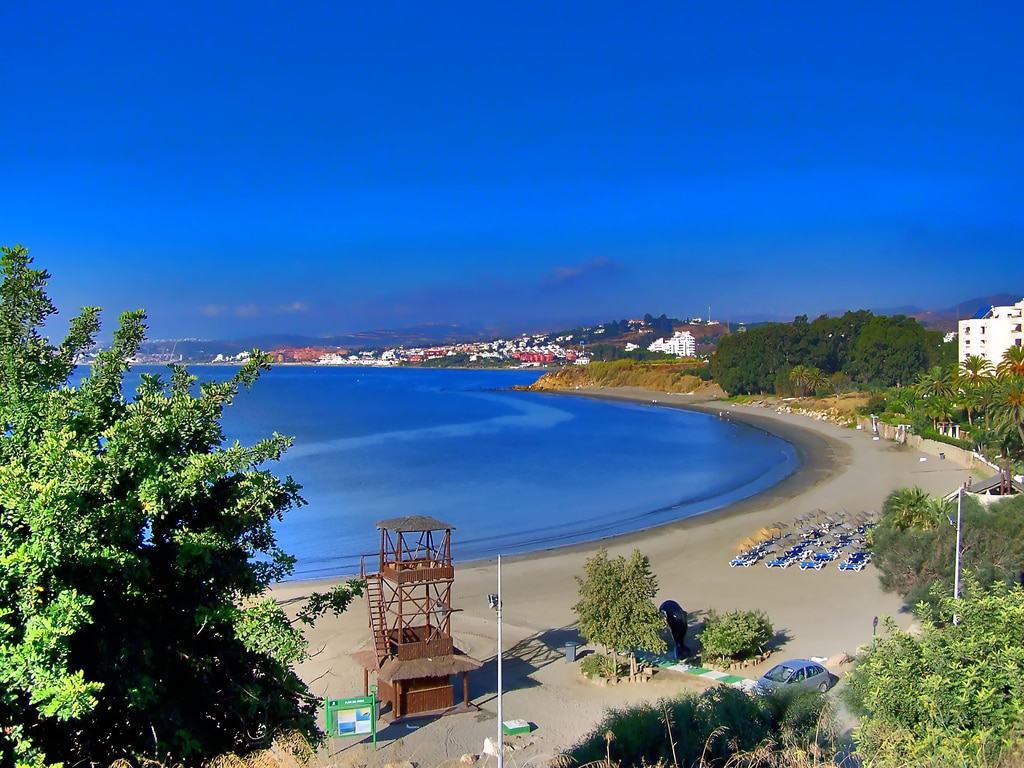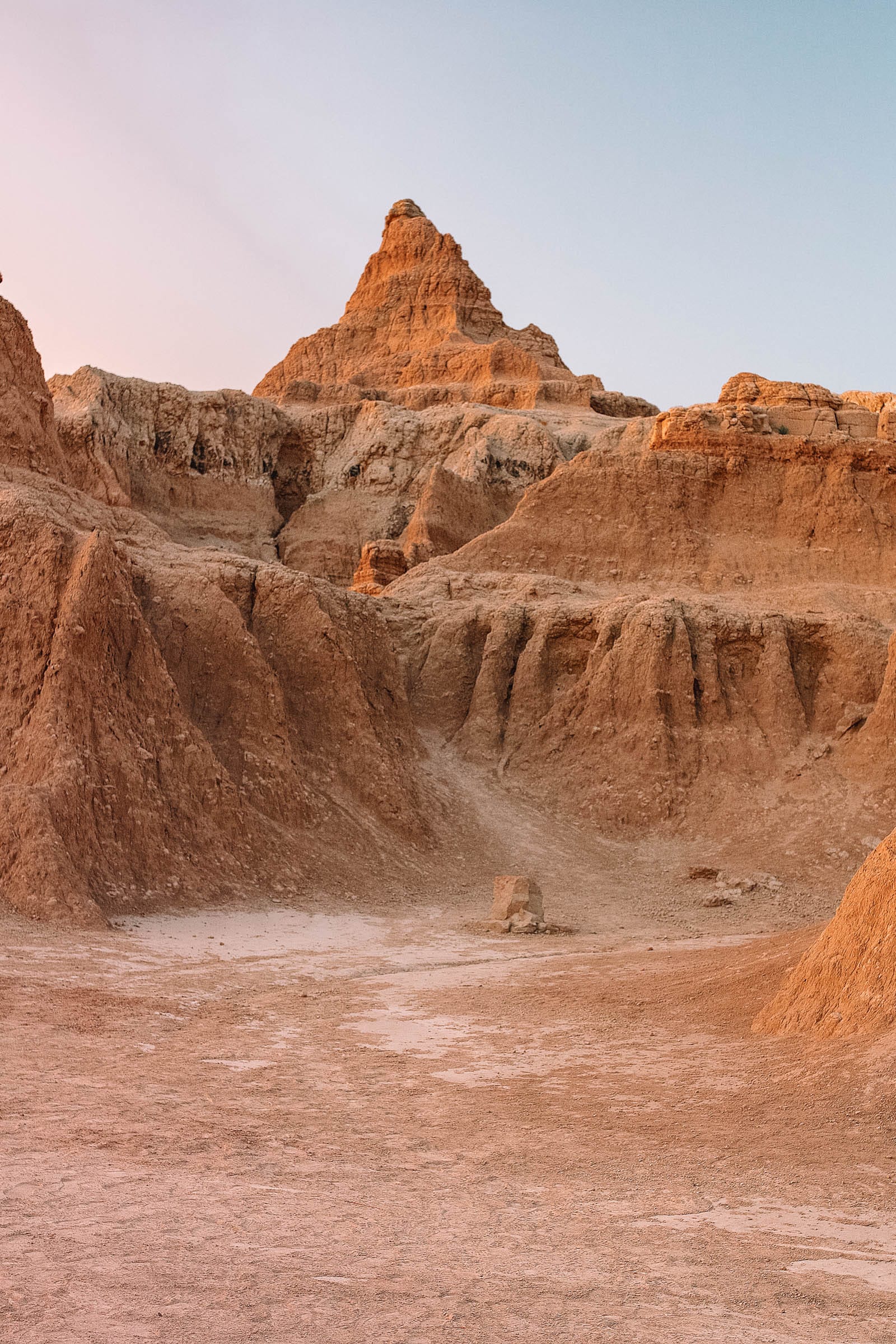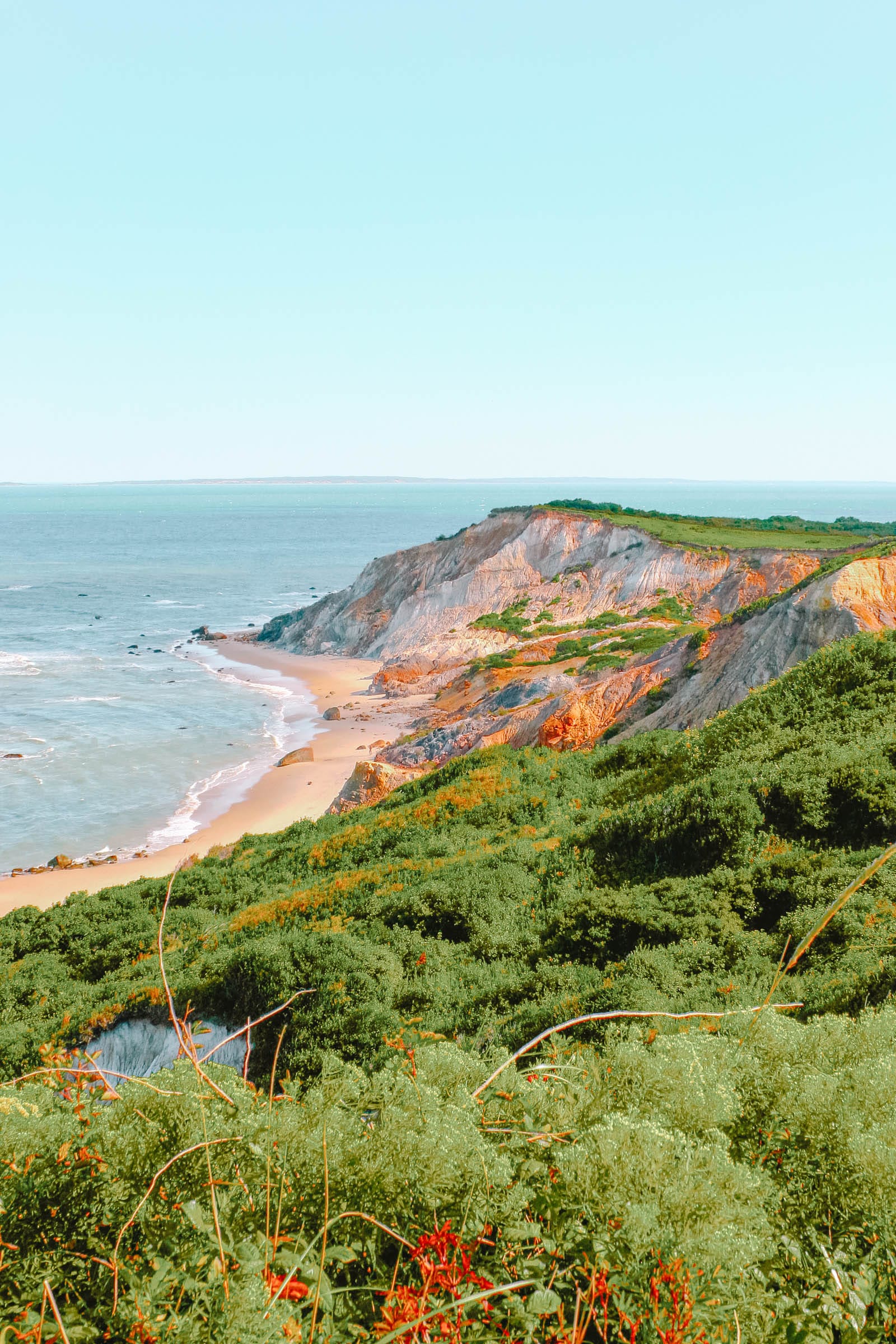Summary
On the western side of the Costa del Sol, Estepona serves as both a vibrant town with a significant permanent population and an attractive seaside resort, offering Blue Flag beaches, an elegant marina, and a plethora of authentic restaurants and Spanish beach bars.
You will appreciate Estepona’s historic center, which provides a captivating glimpse into the region’s historical appearance. However, Estepona is not without contemporary attractions; the recently inaugurated Orchidarium is a remarkable addition and its striking domes will be a lasting emblem for the resort.
Let’s examine the top activities in Estepona:
1. Playa del Cristo

Situated just around the Punta de Doncella headland from Estepona’s marina, Playa del Cristo is regarded as the finest of the resort’s beaches.
A breakwater on the east side, combined with the natural curvature of the bay and the beach’s east-facing orientation, effectively shields the beach from winds and sea currents.
This ideal setting maintains the warm, clear waters, resembling a swimming pool.
For parents, this environment fosters peace of mind, allowing children to play safely. Additionally, there are two chiringuitos where you can enjoy refreshments during your leisurely day by the Mediterranean.
2. Centro Historico

The historic core of Estepona is one of the most picturesque on the Costa del Sol, embodying life in a typical Andalusian town.
Along the cobblestone streets adorned with geraniums, you can explore the Castillo de San Luis, a fortress constructed by Spain’s Catholic Monarchs in the late 15th century, along with Plaza del Reloj (Clock). This charming square features a bell-tower, which is the last remnant of the original Iglesia de los Remedios, destroyed in a mid-18th century earthquake.
In the square, you will find orange trees and Norfolk Island pines beside an elegant iron pavilion that hosts outdoor concerts by Estepona’s official Concert Band.
3. Orchidarium Estepona

A fascination for botanists, the Orchidarium has been a significant attraction since its opening in 2015, quickly becoming a landmark in western Costa del Sol.
Do not overlook the building’s three glass domes; the tallest boasts a distinctive elliptical shape reaching a height of 30 meters.
Underneath, three waterfalls cascade together during an hourly show.
The waterfalls contribute to recreating the ambiance found in the tropical forests of Southeast Asia and South America.
With over 5,000 plant species, the Orchidarium features the largest collection of orchids in Europe, showcasing 1,300 distinct species.
4. Paseo Marítimo

As summer sunsets approach, both locals and visitors take to the beachside walkways for cooler evening air.
Benches are available throughout, along with numerous establishments to pause for a refreshing drink or coffee.
During the wintertime, you should arrive early to Paseo Marítimo to witness the sunrise and enjoy the unique lighting effects created by the sea and any clouds overhead.
At any time of year, joggers and cyclists appreciate this promenade, partly due to flower beds that separate it from the road, filled with palms, succulents, and flowers. This lush vegetation effectively obscures views of the road.
5. Plaza de las Flores

This delightful square in the old town offers a serene atmosphere, feeling distant from the apartment blocks of the Costa del Sol.
The square is a pleasant spot at any time of day: In the early morning, you may find it almost deserted, allowing you to experience the peace as the town begins to awaken.
In the afternoon, you can take refuge on shaded benches beneath the orange trees, admiring the centrally located fountain encircled by a vibrant flower bed.
In the evening, dining outdoors provides a lively atmosphere as the square resonates with conversation and children playing.
6. Playa La Rada

Estepona’s largest beach is also the nearest to the old town.
This extensive, wide expanse of soft, light sand has an urban ambiance due to nearby apartment buildings and a wide assortment of chiringuitos and cafes dotting the promenade and across Avenida España.
Throughout the 2.6 kilometers of beachfront, palm trees have been strategically positioned, with play areas for children and volleyball courts available if you wish to engage in a game.
In summer, you can select from an array of sunshades and sun loungers, making it the ideal location for enjoying the sunshine amidst the lively atmosphere.
7. Estepona Marina

Positioned between La Rada and El Cristo, the upscale marina of Estepona lies in this scenic area.
Opposite Avenida Luis Braille, a collection of cafes, bars, and restaurants creates a sociable atmosphere in the evenings.
During the day, it also serves as a pleasant location for a stroll and a refreshing drink, all while taking in the view of luxurious yachts.
On Sundays, you can explore stalls at the popular Tourist Market held in the harbor, featuring handicrafts and leather goods.
8. Outdoor Activities

Once you leave Estepona, the landscape transforms into mountains, and for hiking enthusiasts, the allure of the Sierra Bermeja range is enticing.
From the coast, these peaks, which rise to an altitude of 1,500 meters, may appear daunting and desolate, yet as you permeate deeper into the park, you will discover untamed forests with pinaspos, a unique species of Spanish fir exclusive to this region of Andalusia. An equestrian center is also located on the outskirts of Estepona, offering treks for all ages and overnight adventures that allow you to experience life as a cowboy around a campfire, even sleeping in a hammock.
9. Golf

Whether you are a competitive player with a low handicap or a casual golfer looking for leisure rounds, Estepona offers several suitable courses—eight within a 20-minute radius.
Valle Romano caters to serious golfers, maintaining a maximum handicap of 28 for men and 36 for women.
Opened in 2010, the course meets European Tour standards.
If you prefer a lighter experience, there is a municipal driving range to help you refine your swing, along with two nine-hole par-27 courses at Coto de la Serena and El Campanario.
10. Corominas Necropolis

This archaeological museum, housed within a replica dolmen, occasionally welcomes visitors on open days; for other times, advanced tour arrangements are necessary.
This experience is particularly valuable for archaeology enthusiasts, as the site is recognized as the premier Stone Age burial site in the Costa del Sol region.
Five tombs remain remarkably preserved, appearing as they did 5,000 years ago.
Additionally, you can examine artifacts discovered during excavations, including jewelry, arrowheads, pottery, stone tools, and pierced seashells displayed in cabinets.
11. Selwo Aventura

Located just outside Estepona, en route to Marbella, Selwo Aventura is a vast animal park covering one million square meters.
This extensive attraction allows you to visit various enclosures via camouflaged off-road vehicles, offering splendid views of white rhinos, Bengal tigers, zebras, lions, and giraffes in semi-captivity.
Housing 2,000 animals, it is home to “Kanvar,” the only Asiatic elephant born on Spanish soil.
Furthermore, Selwo Aventura offers camel rides, a petting zoo, and nature trails featuring rickety suspension bridges and the longest zip-line in Europe.
12. Ruta de Murales Artisticos

Estepona has received considerable recognition for the murals embellishing various buildings throughout the resort.
Currently, there are 23 murals, including a hyper-realistic trompe-l’œil artwork that encompasses six apartment structures, making it the largest mural in Spain.
The tourist office in Plaza de las Flores can provide an itinerary that guides you to the finest examples.
What is particularly impressive is that the local artists, such as Ana Cecilia Salinas, are actively involved, thus constantly transforming the resort’s visual appeal.
13. Avenida del Mar

For a surreal yet enjoyable promenade, head to Marbella’s Avenida del Mar, located just below Alameda Park.
This pedestrian walkway leading to the sea features ten sculptures by the 20th-century surrealist artist Salvador Dalí.
Three of the sculptures depict scenes from ancient history and mythology, such as Perseus slaying Medusa, and the Roman God Mercury.
Additionally, two statues represent the artist’s wife, blending Dalí’s work with creations from local artist Eduardo Soriano. At the center of the esplanade, a fountain pays homage to architects Roberto Barrios and Elisa Cepedano, who have notably transformed many of Marbella’s newer areas.
14. Marbella’s Old Quarter

Across from Alameda Park lies one of the most enchanting locations in the entire Costa del Sol.
Marbella’s charming old quarter stands in contrast to the ostentatious wealth of Puerto Banús.
It reflects the characteristics of the white villages that dot the rugged hills inland, with red-tiled streets remarkably pristine, resembling a patio. The white walls of the houses feature lively flower pots and vibrant bougainvillea.
These alleys open up to stunning squares such as Plaza de los Naranjos, where dining is enveloped in a lush garden atmosphere.
15. Local Cuisine

To immerse yourself fully in Andalusian culture, consider trying some of the region’s specialties.
Many may be familiar to you, such as gazpacho, a chilled soup made with cucumbers, garlic, peppers, and tomatoes.
Ajoblanco is a similarly cool soup crafted from almonds and breadcrumbs, typically garnished with grapes.
Espetos are highly favored in Málaga Province; these are sardines skewered and grilled over an open flame, often cooked in pits dug into the beach.
When dining out for tapas, you will likely find seafood or fish, such as pescaíto frito (fried fish) and chipirones (fried baby squid), which pair exceptionally well with cold beer or a crisp glass of white wine.




